Ecofridome | Small Spaces, Big Ideas!
Team Updates
the products development cycles no longer need to include the antiquated traditional manufacturing process steps of designing, prototyping, tooling, and then production. Instead, products can be designed and engineered on a platform that is also the means of production, eliminating prototyping and tooling steps. This dis-intermediation is at the core of Carbon’s role in accelerating the much-anticipated digital revolution in manufacturing.”
Muzo is the first acoustic device that applies Anti-Vibration Technology for smooth surface. This Exclusive Technology prevents objects from vibrating to minimize any unwanted disturbances nearby.
with this can help the crew members in need for silence within a small place and many people even could save the use of sound absorbing materials in the walls
Nano cure tech fabric is a specially treated ripstop with self healing capabilities
using it from the crew clothes to every piece of cloth even furniture it can avoid wasting time and resources on repairing any scratch or hole made by accident
A French company has made a campervan that can expand to three times its size in seconds just by pushing a button.
The BeauEr 3X is fitted with everything you need inside including two double beds, a hob, a fridge and much more.
Applying this technology to expandable rooms or connections with other facilities can be very practical and able to save many time and efforts if is well customized for mars environment
How Hard Is It to Land on Mars
How Do You Land on Mars
Here is a list of how long it took several historical missions to reach the red planet. Their launch dates are included for perspective.
- Mariner 4, the first spacecraft to go to Mars (1964 flyby): 228 days (~7.4 month)
- Mariner 6 (1969 flyby): 155 days (~5 month)
- Mariner 7 (1969 flyby): 128 days (~4 month)
- Mariner 9, the first spacecraft to orbit Mars (1971): 168 days (~5.5 month)
- Viking 1, the first U.S. craft to land on Mars (1975): 304 days (~10 month)
- Viking 2 Orbiter/Lander (1975): 333 days (~11 month)
- Mars Global Surveyor (1996): 308 days (~10 month)
- Mars Pathfinder (1996): 212 days (~7 month)
- Mars Odyssey (2001): 200 days (~6.8 month)
- Mars Express Orbiter (2003): 201 days (~6.8 month)
- Mars Reconnaissance Orbiter (2005): 210 days (~7 month)
- Mars Science Laboratory (2011): 254 days (~8.5 month)
Fastest spacecraft so far
The fastest spacecraft launched from Earth was NASA's New Horizons mission, which is en route to Pluto. In January 2006, the probe left Earth at 36,000 mph (58,000 kph). The time it would take such a probe to get to Mars would be:
- Closest approach: 942 hours (39 days ~1 month)
- Farthest approach: 6,944 hours (289 days ~9.5 month )
- On average: 3,888 hours (162 days ~5.5 month)
The speed of light
Light travels at approximately 186,282 miles per second (299,792 km per second). Therefore, a light shining from the surface of Mars would take the following amount of time to reach Earth (or vice versa):
- Closest approach: 182 seconds, or just over 3 minutes
- Farthest approach: 1,342 seconds, or just over 22 minutes
- On average: 751 seconds, or just over 12.5 minutes
How Do You Get to Mars
HOW TO GET TO MARS WITH THE LEAST AMOUNT OF FUEL:
The primary concern of engineers is how to get a spacecraft to Mars, on the least amount of fuel. Robots don’t really care about the hostile environment of space, so it makes sense to decrease the launch costs of the rocket as much as possible.
NASA engineers use a method of travel called a Hohmann Transfer Orbit – or a Minimum Energy Transfer Orbit – to send a spacecraft from Earth to Mars with the least amount of fuel possible. The technique was first proposed by Walter Hohmann who published the first description of the maneuver in 1925.
Instead of pointing your rocket directly at Mars, you boost the orbit of your spacecraft so that it’s following a larger orbit around the Sun than the Earth. Eventually that orbit will intersect the orbit of Mars – at the exact moment that Mars is there too.
If you need to launch with less fuel, you just take longer to raise your orbit, and increase the journey to Mars.
Other Ideas to Decrease the Travel Time to Mars:
Although it requires some patience to wait for a spacecraft to travel 250 days to reach Mars, we might want a completely different propulsion method if we’re sending humans. Space is a hostile place, and the radiation of interplanetary space might pose a longterm health risk to human astronauts. The background cosmic rays inflict a constant barrage of cancer-inducing radiation, but there’s a bigger risk of massive solar storms, which could kill unprotected astronauts in a few hours. If you can decrease the travel time, you reduce the amount of time astronauts are getting pelted with radiation, and minimize the amount of supplies they need to carry for a return journey.
Go Nuclear:
One idea is nuclear rockets, which heat up a working fluid – like hydrogen – to intense temperatures in a nuclear reactor, and then blast it out a rocket nozzle at high velocities to create thrust. Because nuclear fuels are far more energy dense than chemical rockets, you could get a higher thrust velocity with less fuel. It’s proposed that a nuclear rocket could decrease the travel time down to about 7 months.
Go Magnetic:
Another proposal is a technology called the Variable Specific Impulse Magnetoplasma Rocket (or VASIMR). This is an electromagnetic thruster which uses radio waves to ionize and heat a propellant. This creates an ionized gas called plasma which can be magnetically thrust out the back of the spacecraft at high velocities. Former astronaut Franklin Chang-Diaz is pioneering the development of this technology, and a prototype is expected to be installed on the International Space Station to help it maintain its altitude above Earth. In a mission to Mars, a VASIMR rocket could reduce the travel time down to 5 months.
Go Antimatter:
Perhaps one of the most extreme proposals would be to use an antimatter rocket. Created in particle accelerators, antimatter is the most dense fuel you could possibly use. When atoms of matter meet atoms of antimatter, they transform into pure energy, as predicted by Albert Einstein’s famous equation: E = mc2. Just 10 milligrams of antimatter would be needed to propel a human mission to Mars in only 45 days. But then, producing even that minuscule amount of antimatter would cost about $250 million.
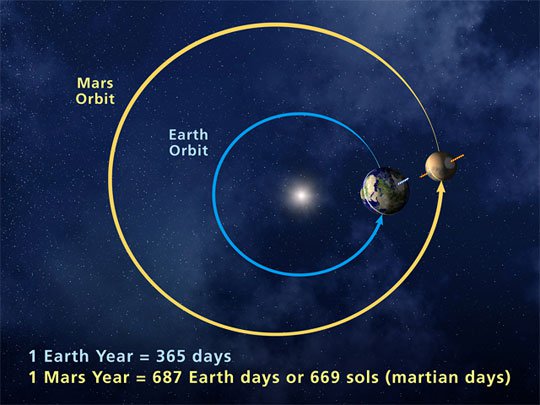
the new flash drives can help by storing a high data amount in very small spaces and easy to transports from one point to another even making pc desktop bootable from usb flash drive on smart devices to display and transfer between the controlled environment, even now flash drives of 2 Terabytes are available
Astronaut's bodies change in a variety of ways during spaceflight
Killing Bugs in Space
Gardening in Space
Running in Space
3-D Printing on the Station
How Does Garden Grow in Space?
Sleeping in Space
Everything About Living in Space
Life on Station
Kitchen in Space
How Brush Your Teeth in Space
ABOUT MARS
- Mars is located 142 million miles away from the Sun.
- 33.86 million miles away from Earth.
- Gravity: 3.711 m/s².
- Its surface area is about the same as the land surface area of Earth.
- The average temperature on Mars is about 218 K (-55°C, -67°F)
- Martian surface temperatures range widely from as little as 140 K (-133°C, -207°F) at the winter pole to almost 300 K (27°C, 80°F) on the day side during summer.
- Has two moon, Phobos and Deimos.
- The fourth planet from the Sun.
- The second-smallest planet in the Solar System.
- Has a thin atmosphere that is 95 percent carbon dioxide.
- Its orbital period is 687 (Earth) days.
- In year is equal to 1.88 Earth years (1 year, 320 days, and 18.2 hours).
- Mars has metal in its atmosphere
- It is often referred to as the "Red Planet" because the iron oxide prevalent on its surface gives it a reddish appearance.
- Martian soil to be slightly alkaline and containing elements such as magnesium, sodium, potassium and chlorine.
- Mars can easily be seen from Earth with the naked eye.
Mars has some of the most highly varied and interesting terrain of any of the terrestrial planets, some of it quite spectacular:
- Olympus Mons: the largest mountain in the Solar System rising 15 miles (78,000 ft.) above the surrounding plain. Its base is more than 300 miles in diameter and is rimmed by a cliff 4 miles (20,000 ft) high.
- Tharsis: a huge bulge on the Martian surface that is about 2500 miles across and 6 miles high.
- Valles Marineris: a system of canyons 2500 miles long and from 1 to 4 miles deep (top of page);
- Hellas Planitia: an impact crater in the southern hemisphere over 4 miles deep and 1250 miles in diameter.
Relative similarity to Earth
https://en.wikipedia.org/wiki/Colonization_of_Mars#Relative_similarity_to_Earth
Earth is similar to Venus in bulk composition, size and surface gravity, but Mars's similarities to Earth are more compelling when considering colonization. These include:
-The Martian day (or sol) is very close in duration to Earth's. A solar day on Mars is 24 hours, 39 minutes and 35.244 seconds.
-Mars has a surface area that is 28.4% of Earth's, only slightly less than the amount of dry land on Earth (which is 29.2% of Earth's surface). Mars has half the radius of Earth and only one-tenth the mass. This means that it has a smaller volume (~15%) and lower average density than Earth.
Mars has an axial tilt of 25.19°, similar to Earth's 23.44°. As a result, Mars has seasons much like Earth, though they last nearly twice as long because the Martian year is about 1.88 Earth years. The Martian north pole currently points at Cygnus, not Ursa Minor like Earth's.
Recent observations by NASA's Mars Reconnaissance Orbiter, ESA's Mars Express and NASA's Phoenix Lander confirm the presence of water ice on Mars.
Differences from Earth
Although there are some extremophile organisms that survive in hostile conditions on Earth, including simulations that approximate Mars, plants and animals generally cannot survive the ambient conditions present on the surface of Mars.
The surface gravity of Mars is 38% that of Earth. Although microgravity is known to cause health problems such as muscle loss and bone demineralization, it is not known if Martian gravity would have a similar effect. The Mars Gravity Biosatellite was a proposed project designed to learn more about what effect Mars's lower surface gravity would have on humans, but it was cancelled due to a lack of funding.
Mars is much colder than Earth, with mean surface temperatures between 186 and 268 K (−87 and −5 °C; −125 and 23 °F) (depending on position). The lowest temperature ever recorded on Earth was 180 K (−93.2 °C, −135.76 °F) in Antarctica.
Surface water on Mars may occur transiently, but only under certain conditions.
Because Mars is about 52% farther from the Sun, the amount of solar energy entering its upper atmosphere per unit area (the solar constant) is only around 43.3% of what reaches the Earth's upper atmosphere. However, due to the much thinner atmosphere, a higher fraction of the solar energy reaches the surface. [not in citation given] The maximum solar irradiance on Mars is about 590 W/m2 compared to about 1000 W/m2 at the Earth's surface. Also, year-round dust storms on Mars may block sunlight for weeks at a time.
Mars's orbit is more eccentric than Earth's, increasing temperature and solar constant variations.
Due to the lack of a magnetosphere, solar particle events and cosmic rays can easily reach the Martian surface.
The atmospheric pressure on Mars is far below the Armstrong limit at which people can survive without pressure suits. Since terraforming cannot be expected as a near-term solution, habitable structures on Mars would need to be constructed with pressure vessels similar to spacecraft, capable of containing a pressure between 30 and 100 kPa. See Atmosphere of Mars.
The Martian atmosphere is 95% carbon dioxide, 3% nitrogen, 1.6% argon, and traces of other gases including oxygen totaling less than 0.4%.
Martian air has a partial pressure of CO2 of 0.71 kPa, compared to 0.031 kPa on Earth. CO2 poisoning (hypercapnia) in humans begins at about 0.10 kPa. Even for plants, CO2 much above 0.15 kPa is toxic. This means Martian air is toxic to both plants and animals even at the reduced total pressure.
The thin atmosphere does not filter out ultraviolet sunlight.
the storage of the syringes are way more easy than usual bandage also has higher efficiency to help stop hemorrhage on any case scenario quickly
No mess no fuss and the bees are hardly disturbed. The uses of this invention are big considering that honey dont expire also that plants and bees have a symbiosis that will keep them healthy and functional for long than alone each one on a greenhouse on mars
Since Hydrophobic coatings doesn't allow water to collect, it can help prevent corrosion or rust in metals. Also make easier the water collecting to use it again by avoiding evaporation on the surfaces by climate or temperature
Based on natural processes electrons are harvested from the soil and electricity is produced while plants keep growing!
In a world increasingly concerned with questions of energy production and raw material shortages, this project explores the potential of desert manufacturing, where energy and material occur in abundance.
Its uses on Mars are unlimited
http://coolmaterial.com/gear/aperture-universal-wr...
A conceptual wrench that could fit any size nut. Using a dial on the side of the wrench, you can change the size of the aperture to fit your nut before locking the aperture into place.
with stretchable circuits the chances of space saving devices is possible in all directions and forms not to mention the many uses like having a wearable pc suit that monitors the crew vitals also save and update the information to the servers using wifi
An industrial building 3D printer that is also portable by crane and vehicle considering the weight on mars the cosntruction choices are unlimited
Objective 3D: Metal 3D Printing Technolo
New method of manufacturing using powder bed
3-D Printers
Accuracy vs. Precision
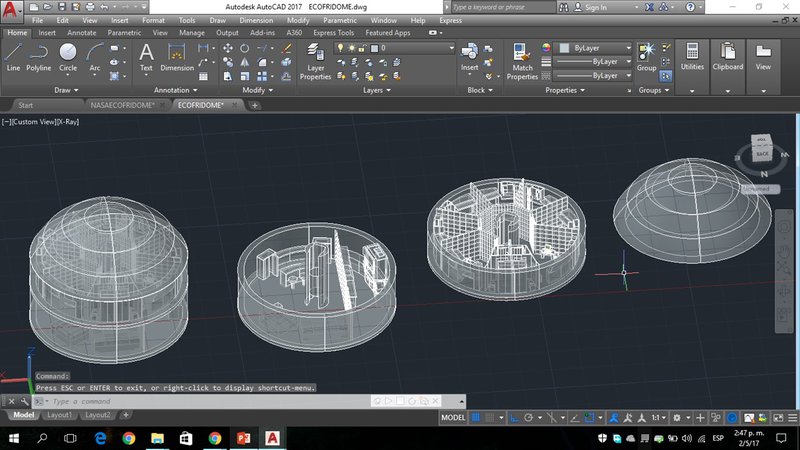

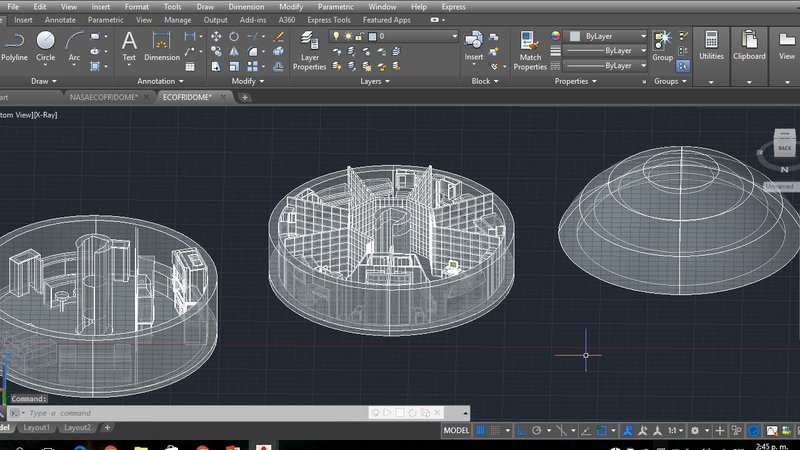
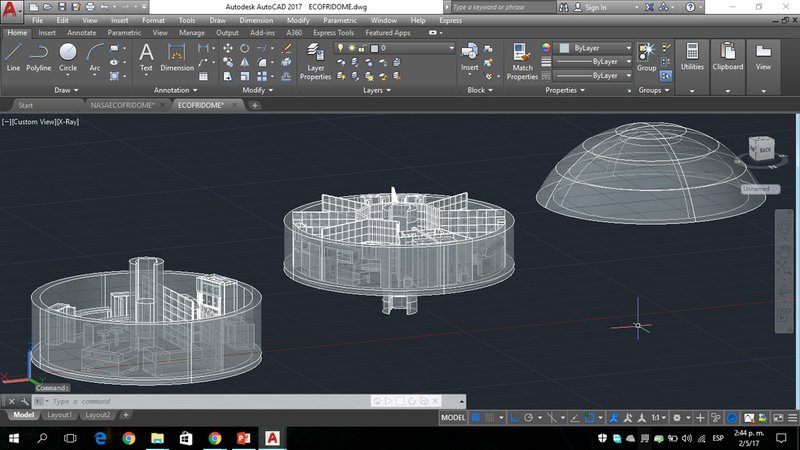
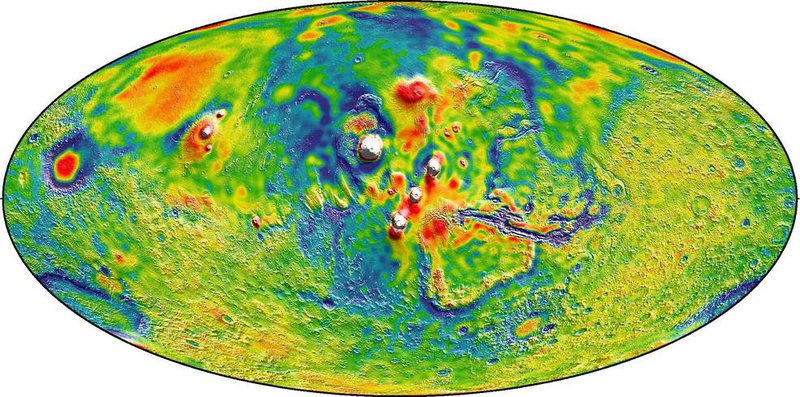
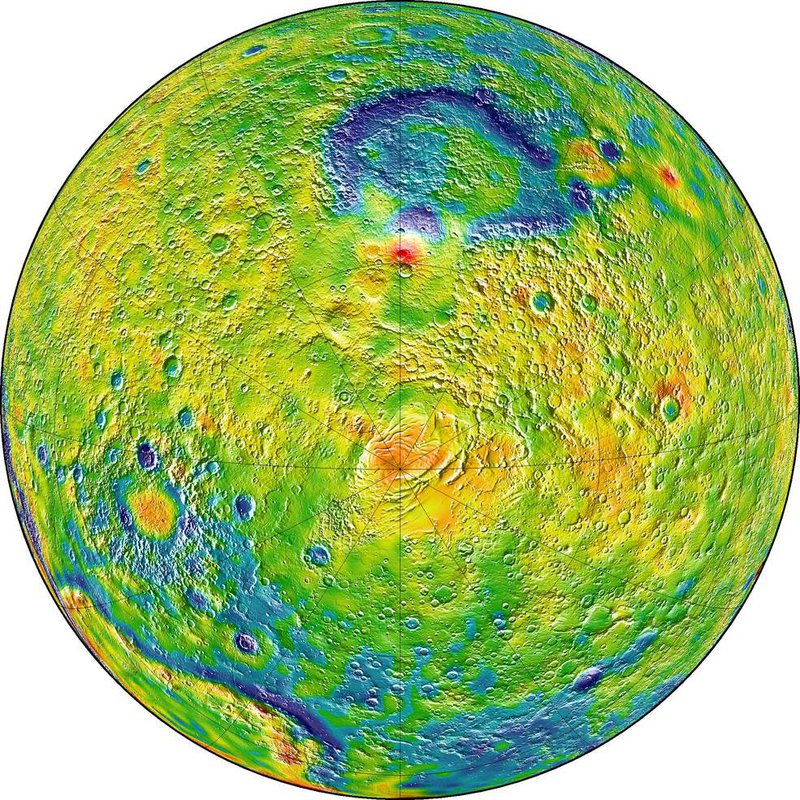
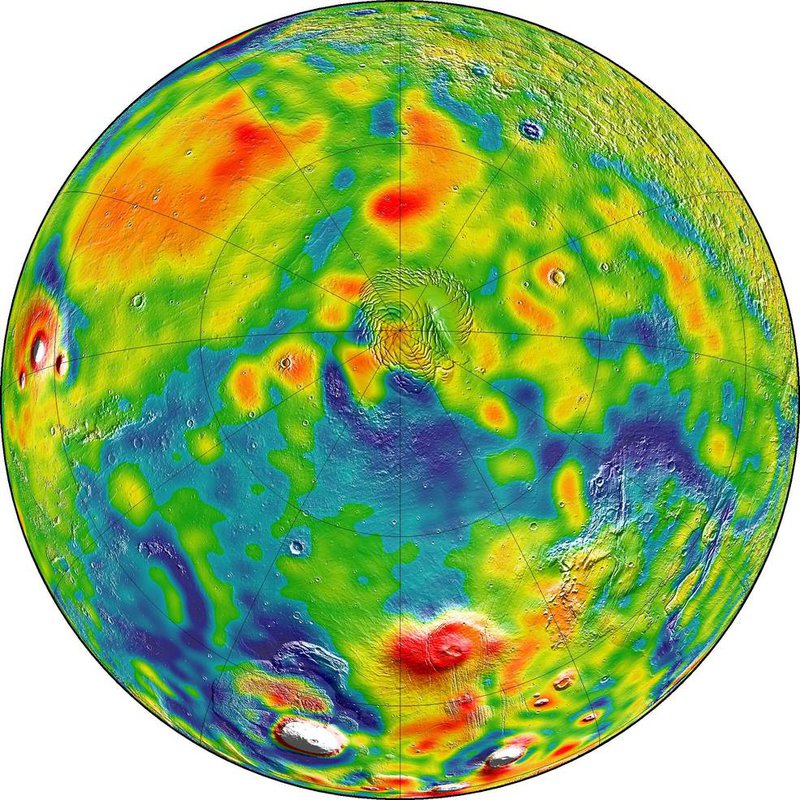
25 Unique Facts About Mars: Earth’s Mysterious Cousin
MARS GRAVITY MAP VIDEO
The Curious Life of a Mars Rover:
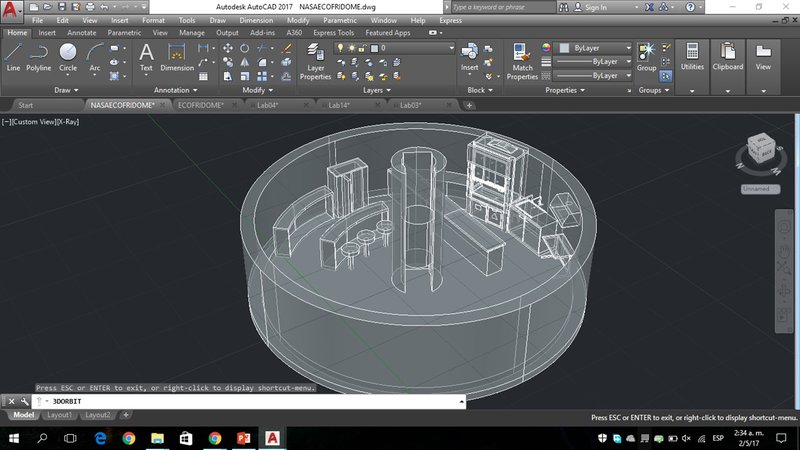
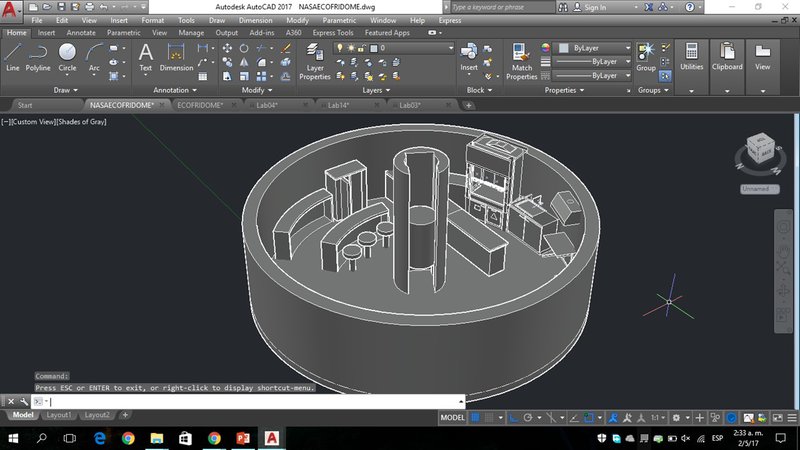
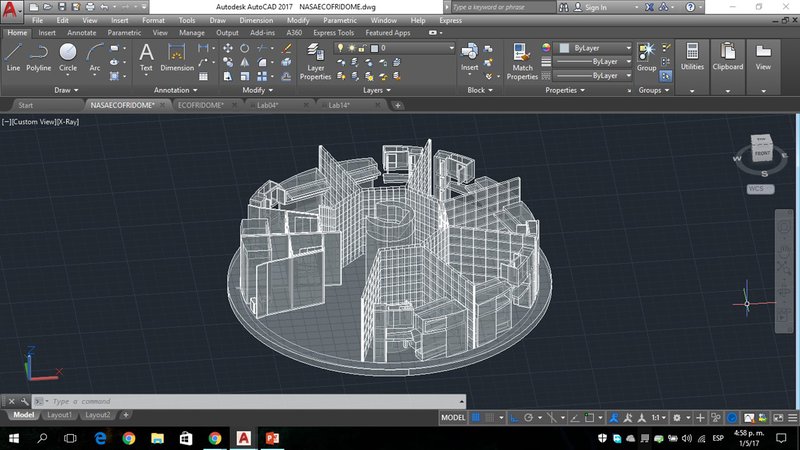
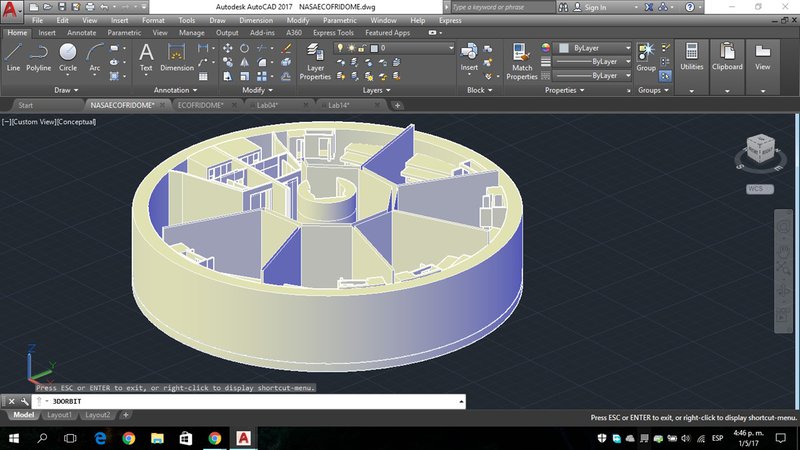

Its orbital period is 687 (Earth) days, depicted in red. Earth's orbit is in blue.
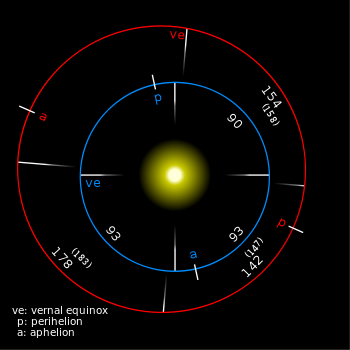
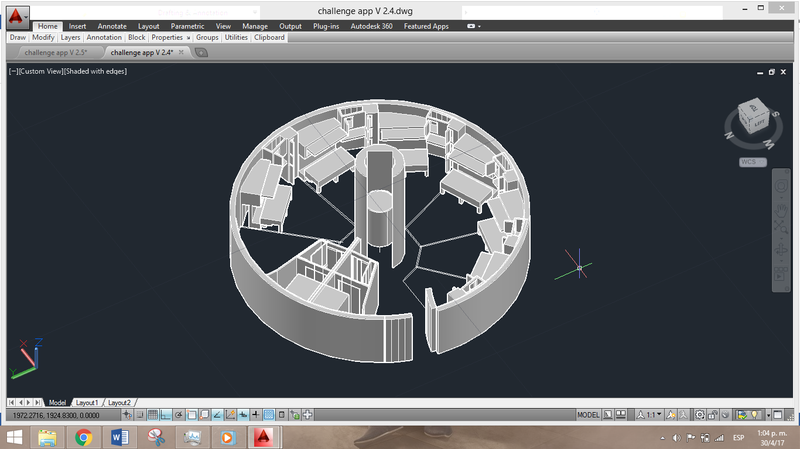
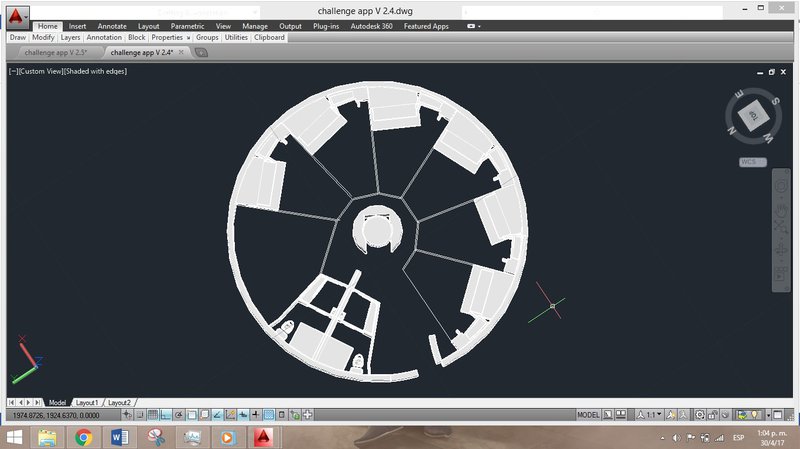
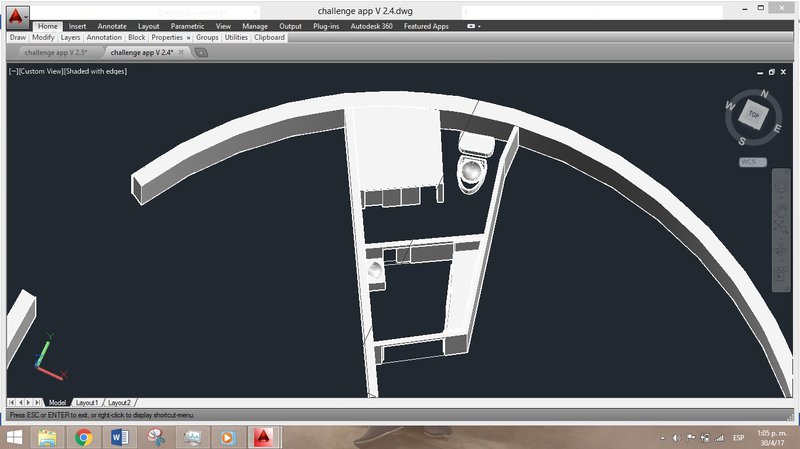
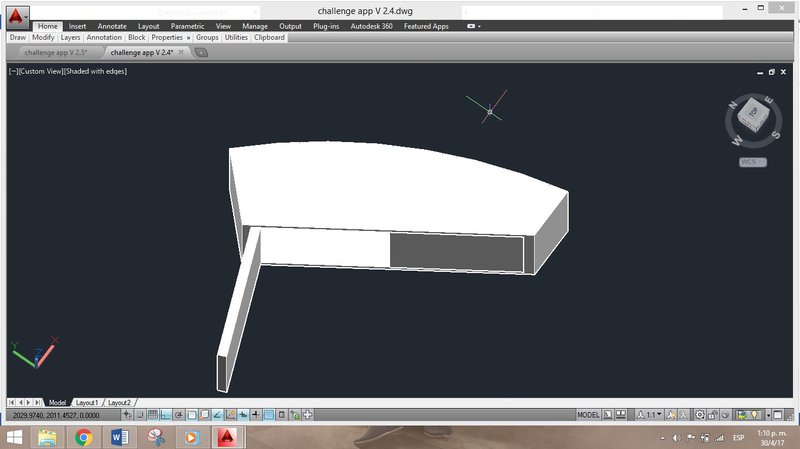
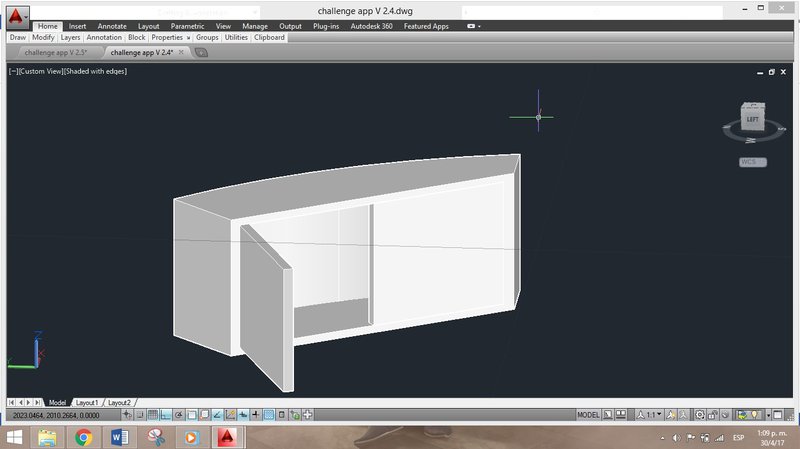
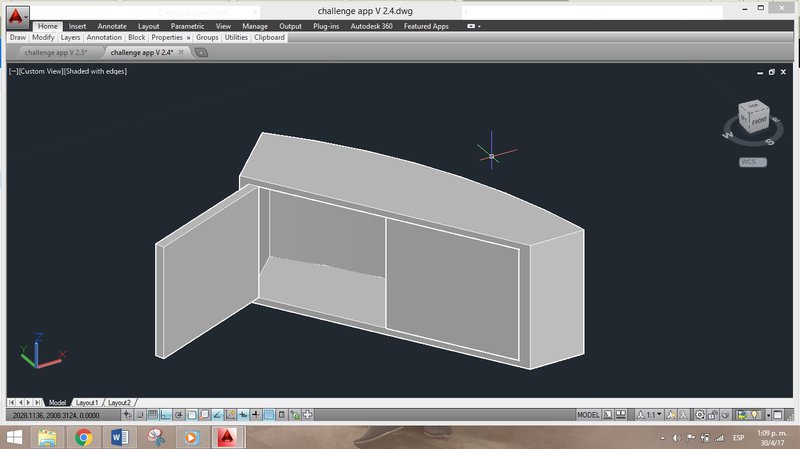
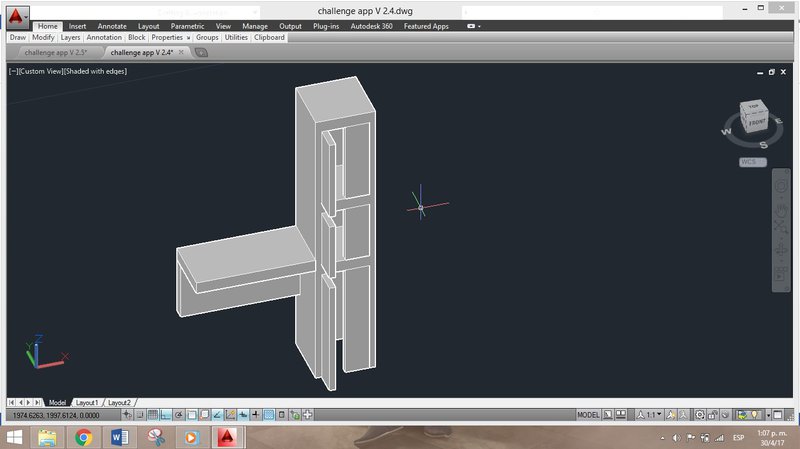
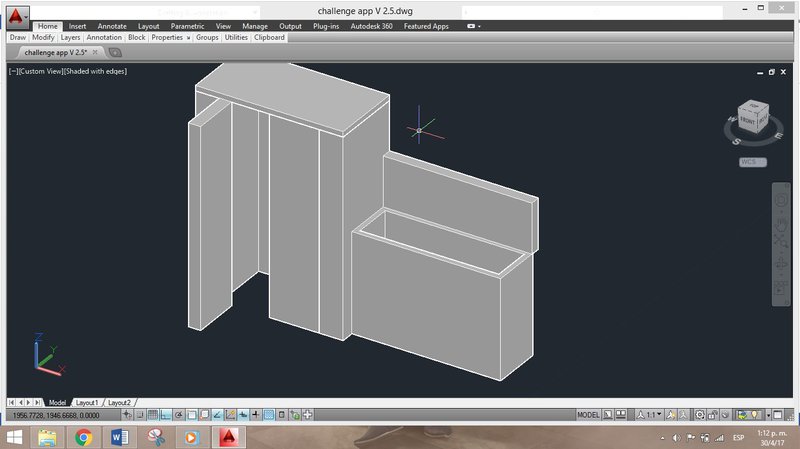
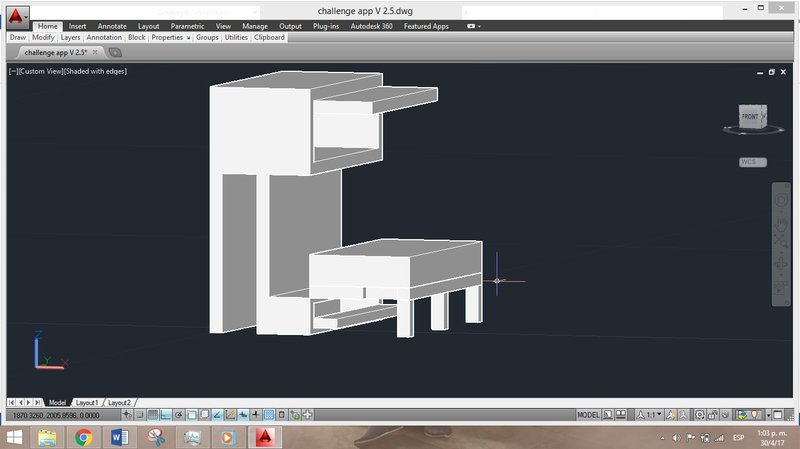
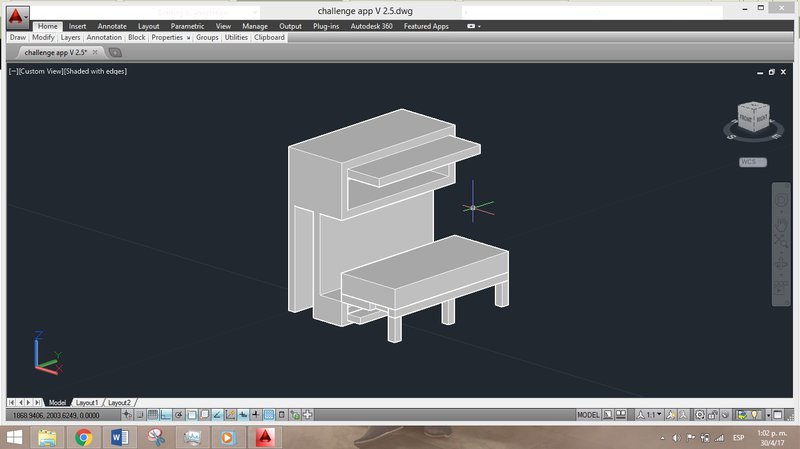
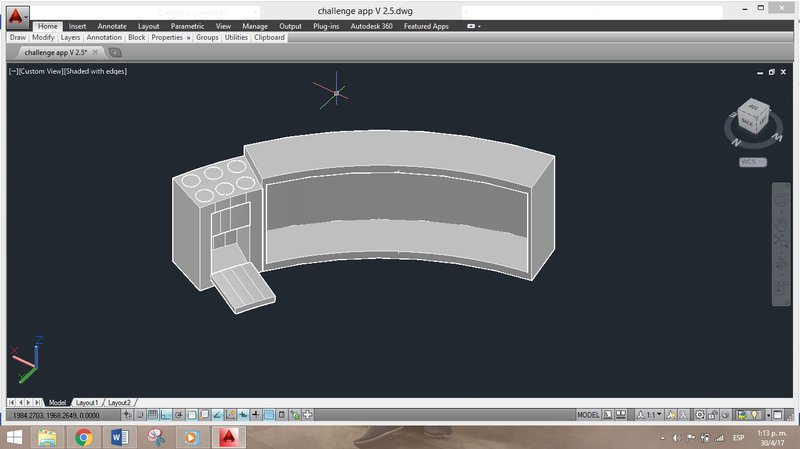
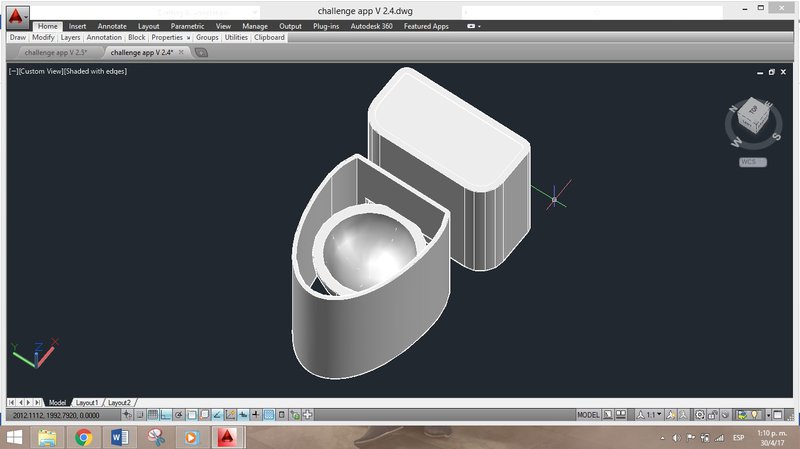
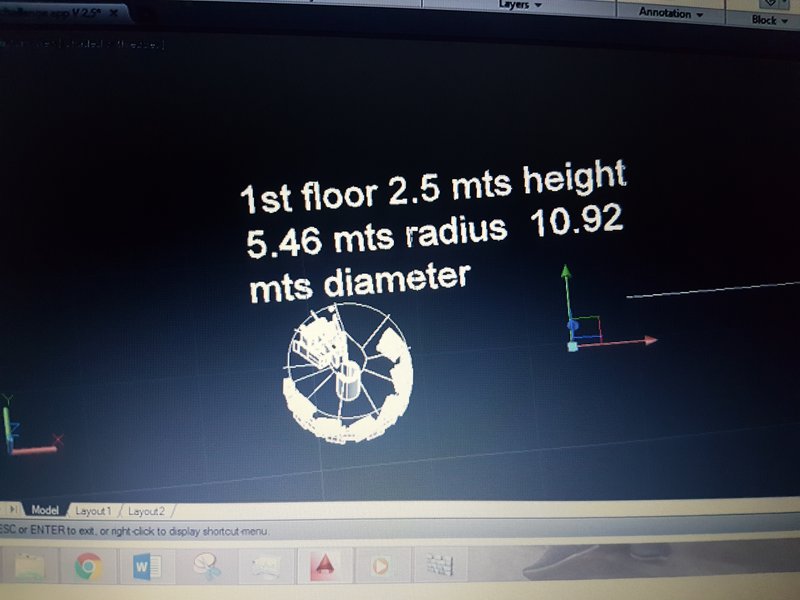
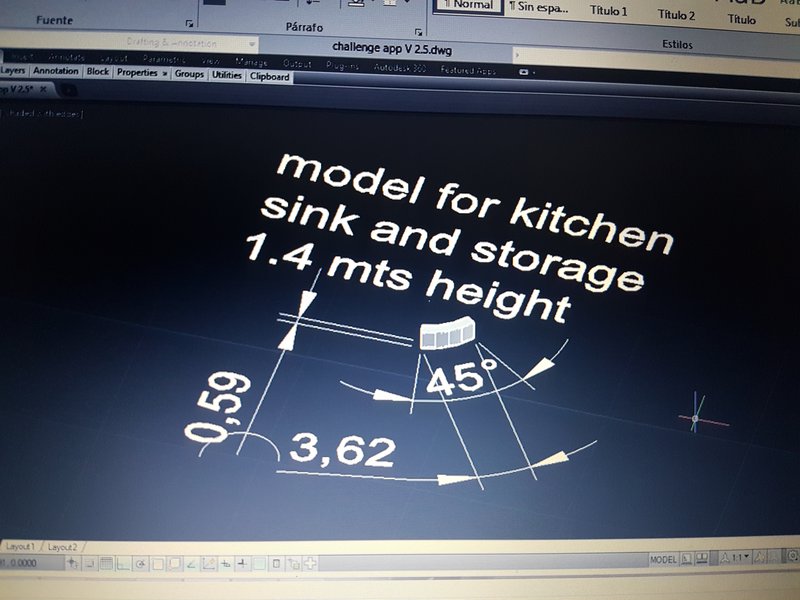
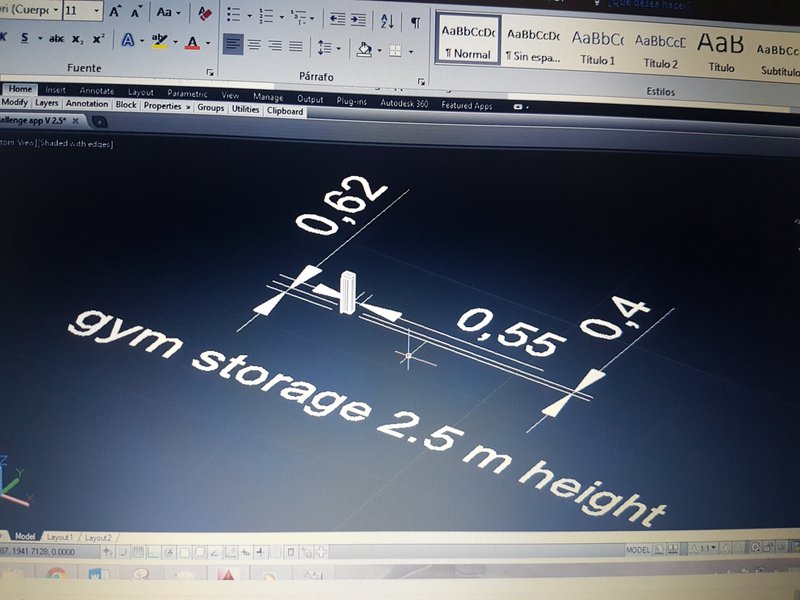
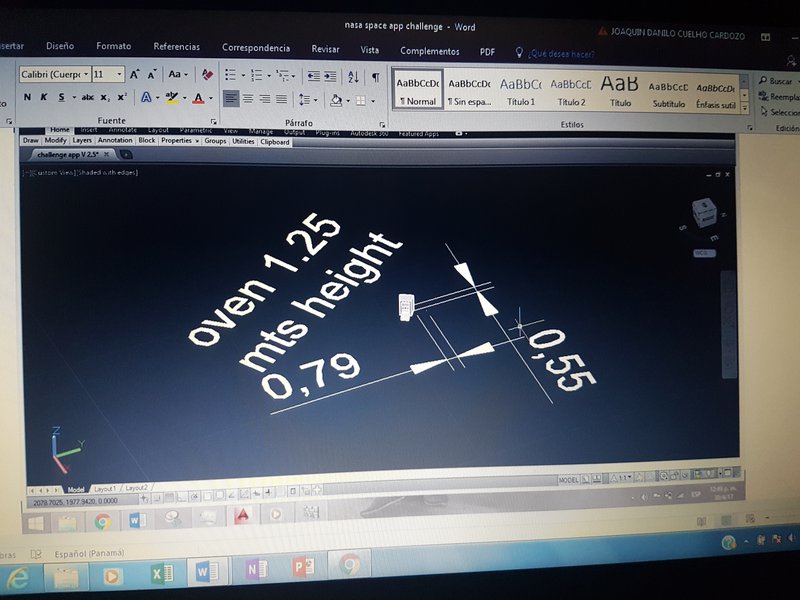
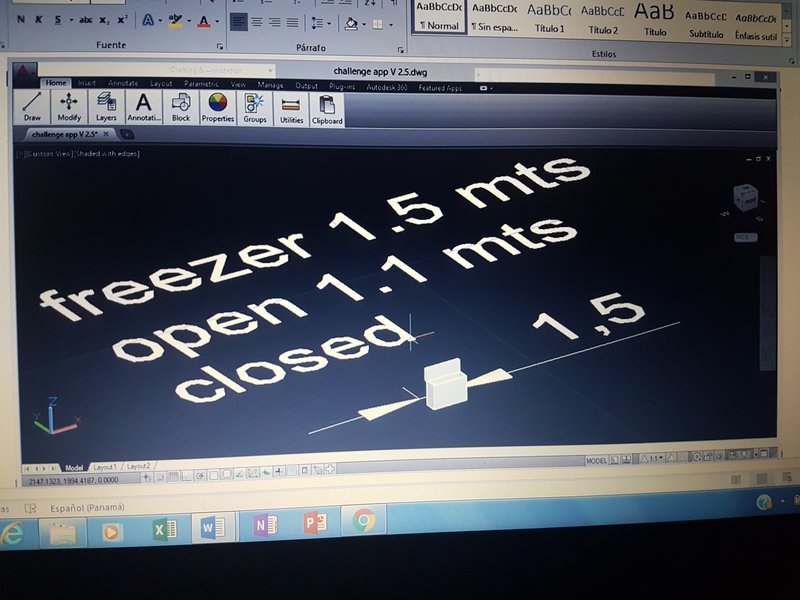
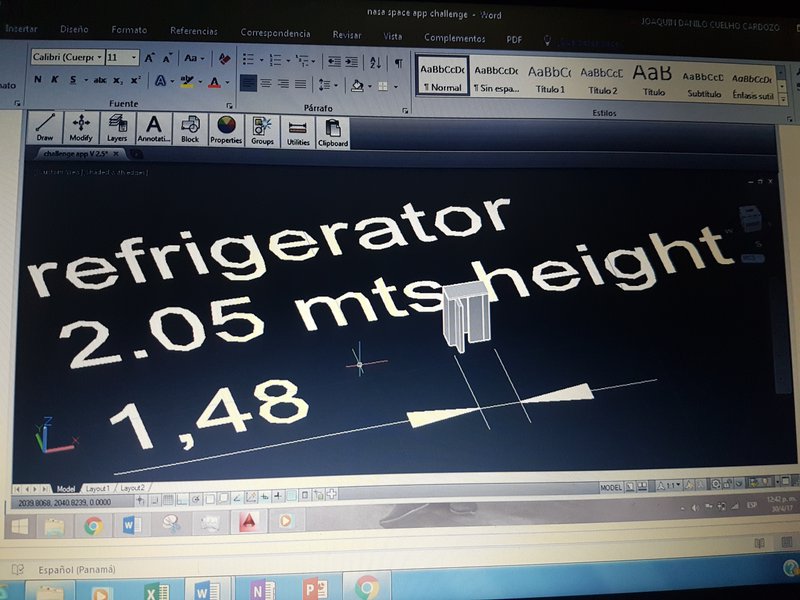
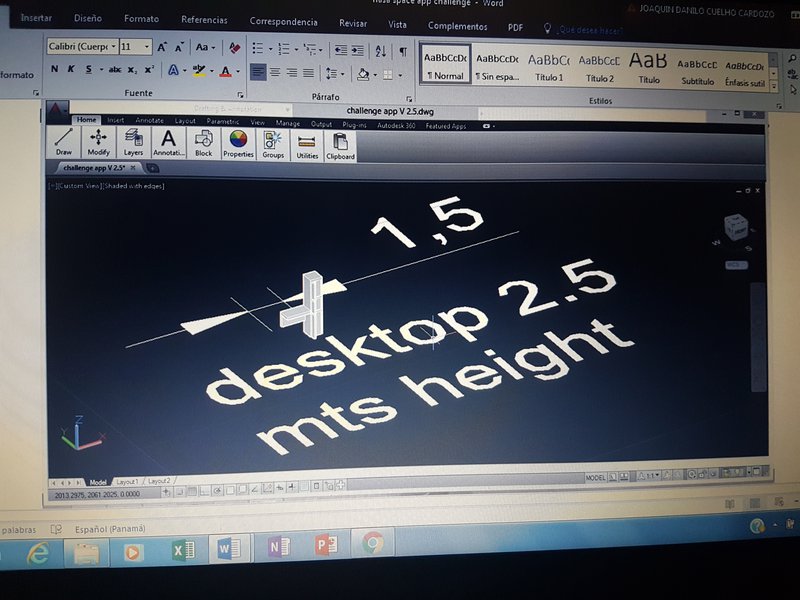
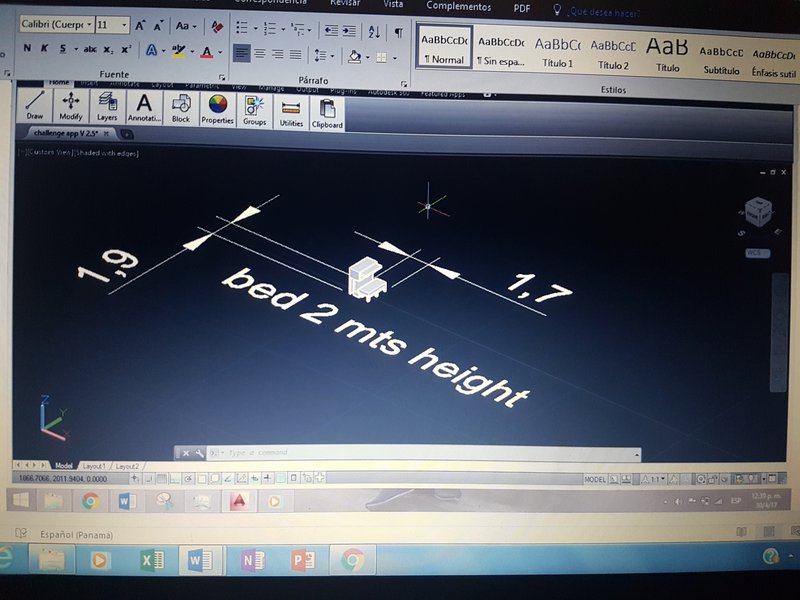
Altered:Nozzle - Same tap. 98% less water.
New Sand Fabrication Method - Egypt Desert 3D Printing
Bukm Portable Stainless Steel Multipurpose Tool
OriGlam Multi Purpose Functional Spanner Tools, Magic Adjustable Universal Wrench 9~45mm
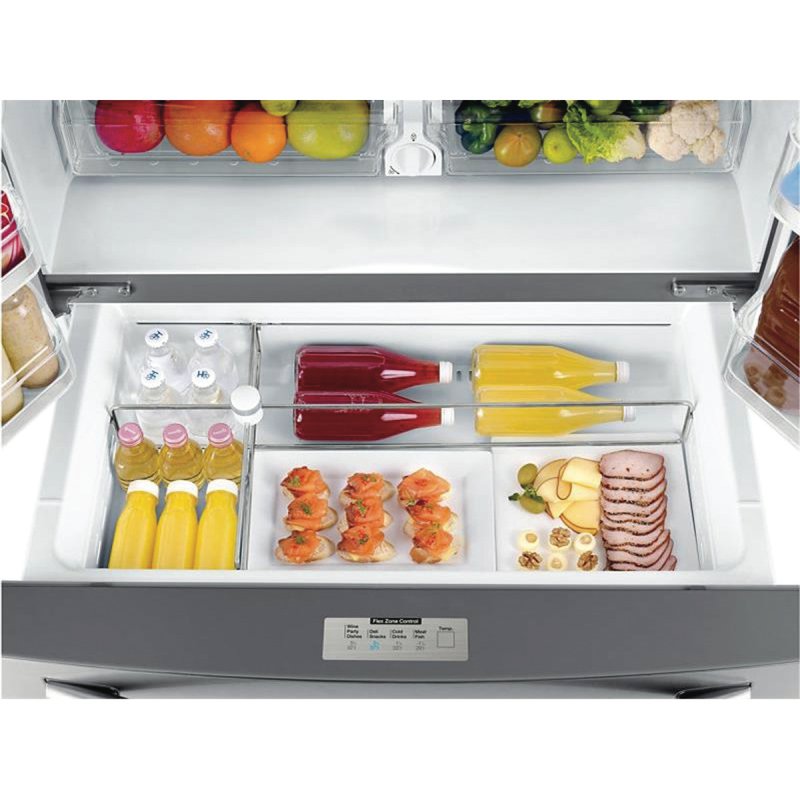
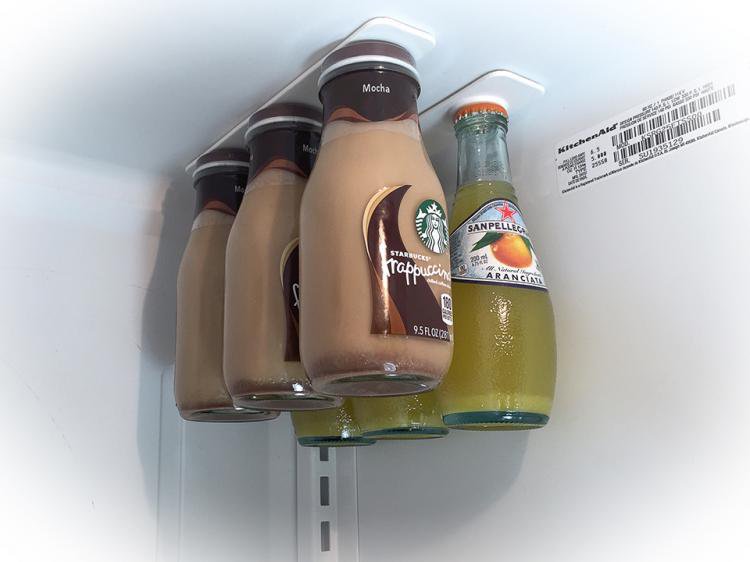
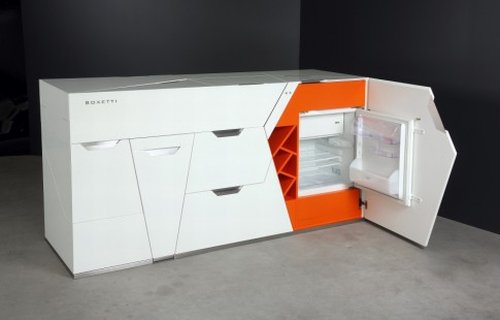
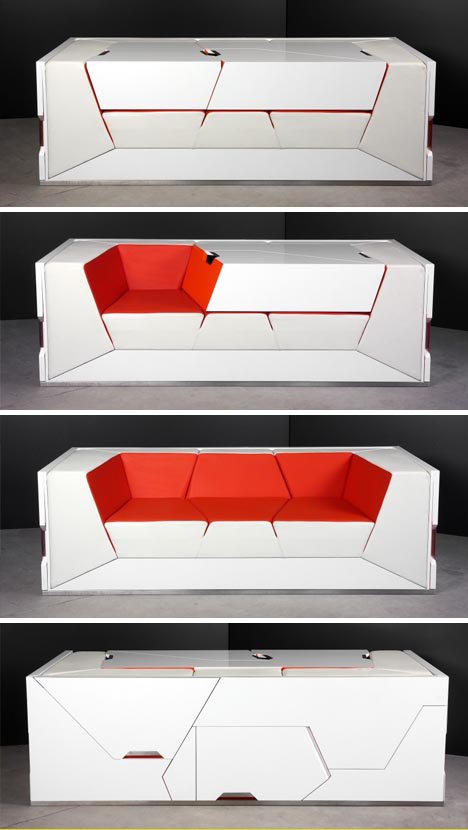

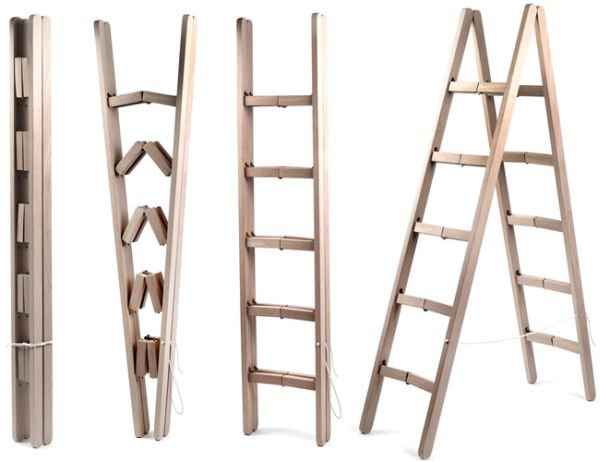
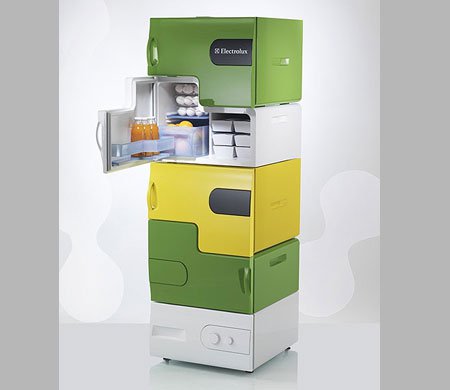
UV CUBE 360 - Eliminates 99.9% of Bacteria, Germs & Viruses
Circ-It | A Connected Home/Travel Gym for All Fitness Levels
Ori-Kit | The Ultimate Small-Space Kitchen Solution
Waikite | Convert your bed to luxury resort in sec
MABBFIT: Exercise Without Limits
LeGrow - The Smart Indoor Garden For Any Space
LightCube - The lightbulb reinvented
Temkho - The Hygienic Towel Infused With Charcoal
Bear Bowl: World's First Pocket Cook Pot
Gravity: The Weighted Blanket for Sleep, Stress and Anxiety
SpaceApps is a NASA incubator innovation program.